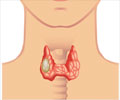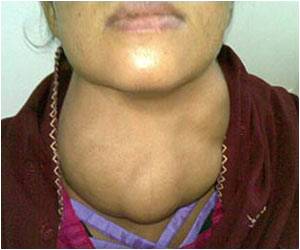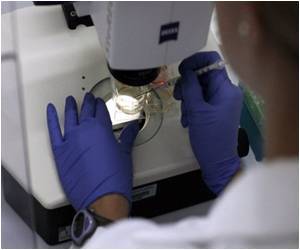The current epidemic of thyroid cancer in South Korea is due to an increase in the detection of small tumors, most likely as a result of overdetection by screening.

TOP INSIGHT
Increase in the incidence of thyroid cancer in South Korea mainly resulted from overdetection, most likely as a result of widespread use of sensitive imaging tools.
Overdiagnosis refers to the detection of harmless cancers that will not cause symptoms or death during a patient's lifetime. But because it is not possible to distinguish between lethal and harmless cancers, all cancers detected mainly by screening are treated.
This exposes people to the potential side effects of treatment, but without an equal expectation of benefit, because the cancer is unlikely to advance.
However, some sceptics remain unconvinced. So to investigate whether screening for thyroid cancer led to the current "epidemic" in South Korea, a team led by Jin Soo Lee at the National Cancer Center Research Institute in Goyang, analyzed the medical records of 5,796 thyroid cancer patients diagnosed in 1999, 2005, and 2008.
Most participants were women with an average age of 47 years. Age-standardized incidence of thyroid cancer was estimated, and the changes in incidence between 1999 and 2008 were examined according to how the tumor was detected (by screening, by clinical symptoms associated with thyroid disease, or unspecified).
Of the increase, 94% (34 per 100,000 people) were for tumors less than 20 mm, which were detected mainly by screening and 97% of the total increase was for localized and regional stage tumors.
"Our study shows that the increase in the incidence of thyroid cancer in South Korea mainly resulted from overdetection, most likely as a result of widespread use of sensitive imaging tools (eg. ultrasound examination)," say the authors.
"Considering the increase in thyroid cancer incidence, the financial burden of using ultrasound to detect small tumors (and the often unnecessary subsequent surgery) is expected to rise rapidly," they warn.
They call for concerted efforts at national level "to reduce unnecessary ultrasound examination of the thyroid in the asymptomatic general population, unless clinically indicated."
In a linked editorial, US researchers say these findings "strongly suggest that the increase is due to overdiagnosis rather than an as yet unidentified new risk factor. Even more importantly, their data suggest that we might need to re-examine what we include in our definition of subclinical or indolent disease," they add.
Source-Eurekalert
 MEDINDIA
MEDINDIA




 Email
Email










